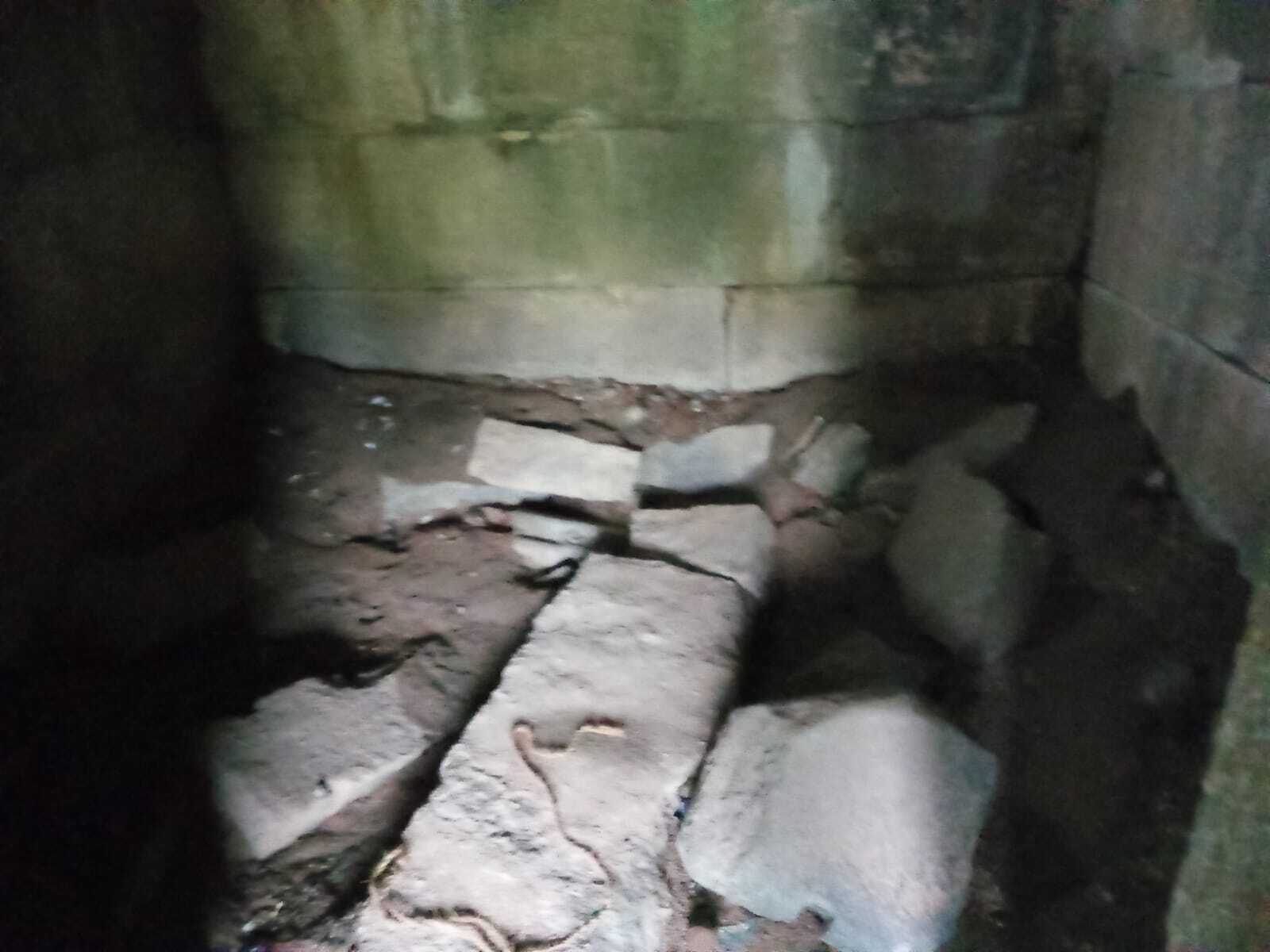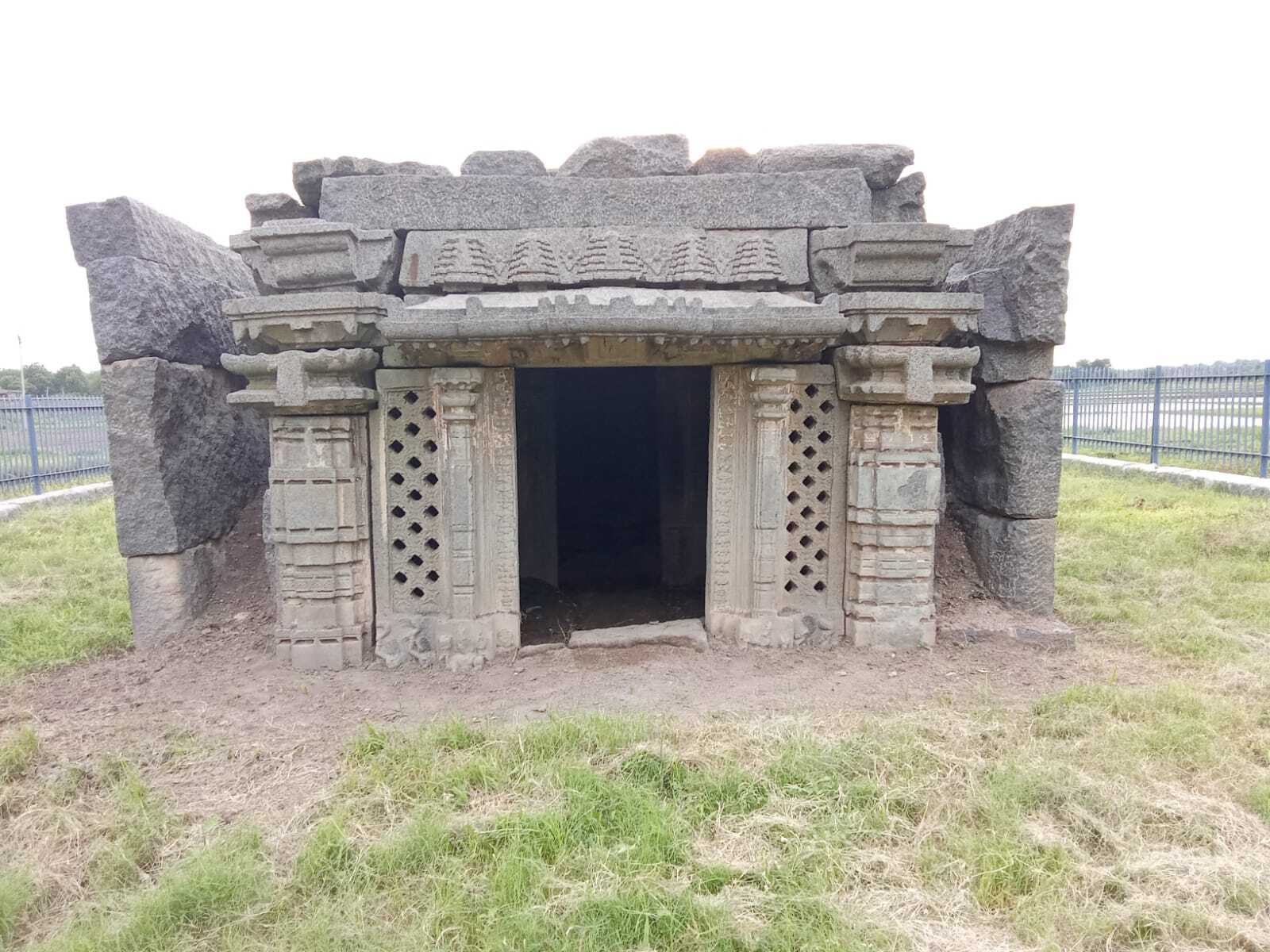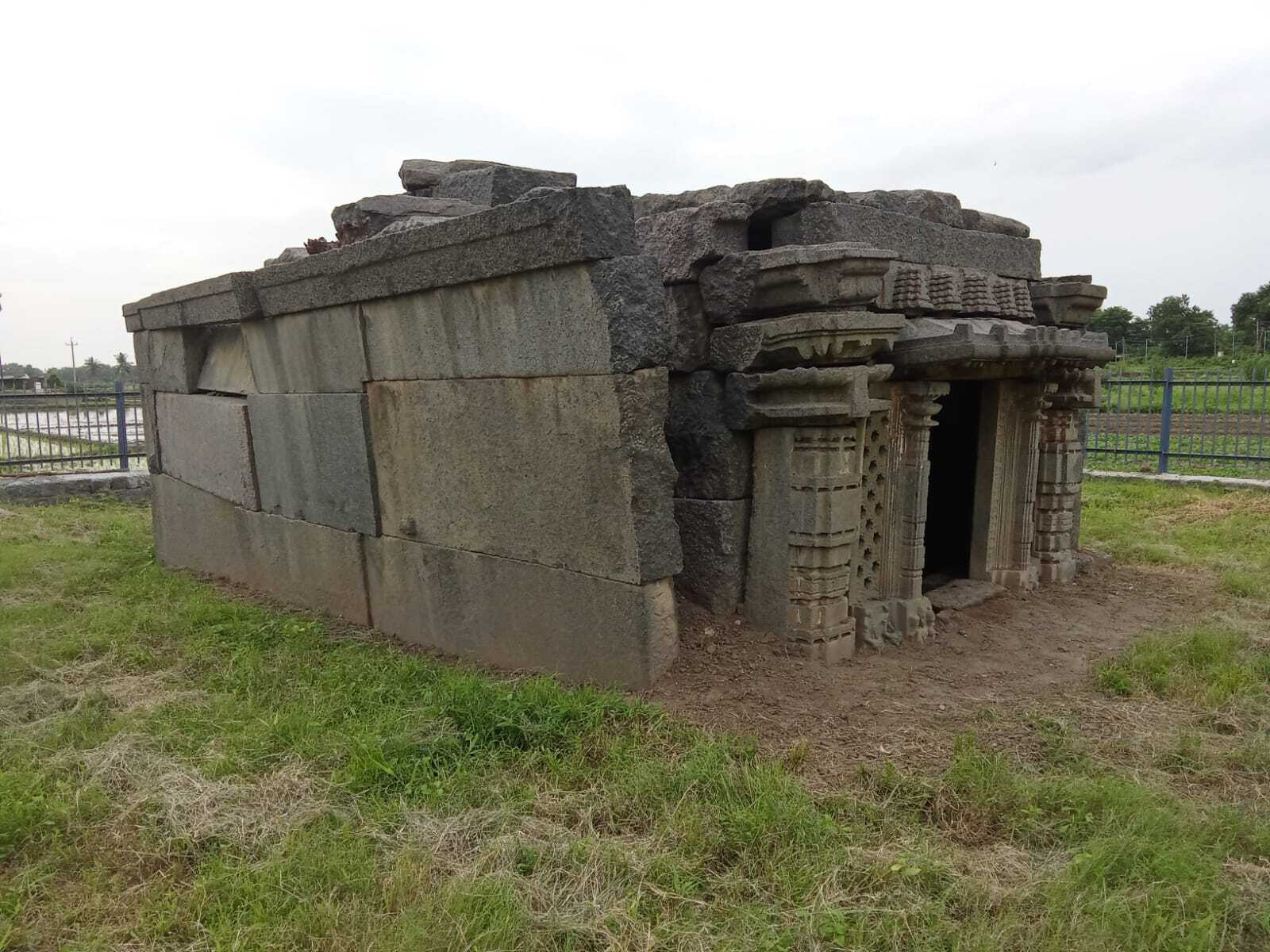Venkateswara Sub Temple

Venkateswara Sub Temple
The Venkateshwara Sub Temple, located near the main Venkateshwara Temple, offers valuable insights into Kakatiya period architecture and cultural practices. Here’s a detailed archaeological perspective on this significant shrine:
Architectural Layout:
Garbhagriha (Sanctum Sanctorum):
Central to the Venkateshwara Sub Temple is its Garbhagriha, housing the deity without a Shikhara (tower), distinguishing its smaller scale and likely supplementary role compared to the main temple.

Entrance Design:
1. Challises (Perforated Screens):
The temple entrance features challises, perforated screens that serve decorative and functional purposes, allowing light and air while maintaining sanctity.

2. Stone Pillars:
Flanking the entrance are large stone pillars supporting the roof slab, adorned with Kakatiya-style carvings, indicative of the period’s artistic and structural practices.

Historical Context:
The Kakatiya dynasty, prominent from the 12th to 14th centuries in the Deccan region, is renowned for its distinctive temple architecture and intricate stone carvings. The proximity of the Venkateshwara Sub Temple to the main temple underscores its significance within the religious complex of the period.
Cultural and Religious Significance:
Despite its smaller size, the Venkateshwara Sub Temple likely played a crucial role in accommodating additional worshippers or specific rituals complementary to those in the main temple.
The use of challises and elaborately carved pillars integrates artistic expression with religious architecture, enhancing the spiritual experience for devotees.
Archaeological Importance:
The temple provides critical insights into Kakatiya architectural practices and stylistic preferences. Its simpler design compared to the main temple offers insights into functional differentiation and hierarchy within temple complexes.
Did you like this ?